
As a former Steamboat Springs local, I’m a bit biased toward the hometown team of Big Agnes. Having already used their Fly Creek and Copper Spur tents, I was excited to try the blended design of the new Tiger Wall series. But after a couple of test runs, I decided to forego the weight savings and stick with the Copper Spur. Here are 9 reasons why…
1. Freestanding vs Semi-Freestanding Design
The typical argument in favor of a freestanding tent is that it is easier to set up on rock, sand, or any other material that doesn’t easily hold a stake. But, this assumption overlooks the remaining challenge in staking out guy lines and extending the rainfly, both of which are important considerations for properly setting up a tent where I typically backcountry camp. In other words, I don’t really care that much about the traditional downsides of semi-freestanding.
For me, the fully freestanding tent is all about stability in rain, wind, and other unforeseen weather conditions. As you can see in the video clip below, the sides of my Tiger Wall are getting blown in quite considerably by 25 MPH – 45 MPH winds despite taught lines all around the rain fly and extended guylines holding each of the poles. This all makes for an uncomfortable night’s sleep, at least for me (your mileage may vary). The Copper Spur, on the other hand, is taking a beating to the vestibule, but the inner sleeping area of the tent is holding its form much better.
2. Rain Fly Coverage
In addition to the semi-freestanding design concern discussed above, the Tiger Wall’s rain fly doesn’t include a tension adjustable line at the foot end despite it relying on the same stake as the inner tent corner. As you can see in the video below, this commonly causes the inner mesh to be exposed to the elements unless you bring two extra stakes to separately attach the fly or fashion your own adjustable line.
In contrast, the Copper Spur utilizes one included stake each for the head and foot end portion of the fly, both of which can serve double duty for the recommended guyline attachments.
3. Ventilation
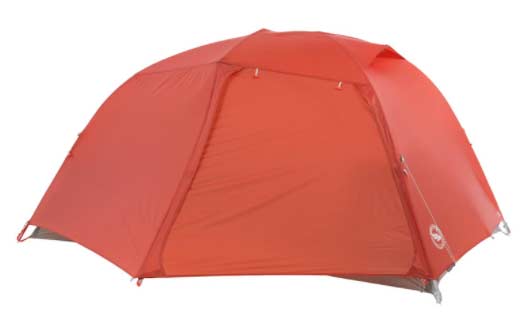
This photo shows a little pop-up tab on the top-right side of a Copper Spur’s rain fly. That is a vent to help control condensation, or it can be velcroed shut when not needed. This feature was dropped from the Tiger Wall design to shed weight, but I would have preferred that Big Agnes left it in to offer more differentiation between the Tiger Wall and single wall tents that are more prone to condensation. Some campers report success with micro-adjusting the Tiger Wall’s vestibule zippers to allow small pockets of airflow to punch through, but I still prefer the Copper Spur vent design.
4. Fabric Strength
The Copper Spur uses 20 denier fabric for the bathtub floor and rain fly while the Tiger Wall is 15 denier. I don’t have any great concerns with the 15D material, but 20D obviously feels tougher and safer.
5. Wind Protection and Privacy

As you can see in the side-by-side photo above, the Tiger Wall mesh runs all the way down to the bathtub floor, which I’m assuming is to save weight and aid in ventilation. I prefer the more durable material on the bottom half of the Copper Spur, both for blocking any wind that sneaks through the rain fly and also to provide a bit of privacy when camping near others without the rain fly.
6. Floorplan Length
The Copper Spur UL1, UL2, and UL3 models all have a specified length of 88 inches while the Tiger Wall models are a bit shorter at 86 inches. Anything over 7 feet may seem sufficient until you realize that this measurement does not represent the usable inside floor space but is instead for the total outside footprint of the tent. In my measurements, the usable interior floor length is 80″ – 84″ for the Copper Spur and 78″ – 82″ inside the Tiger Wall. The upper measurement represents the bottommost wall-to-wall distance at the tent floor whereas the lower measurement is a more realistic head-to-toe length where my body rests on top of a sleeping pad in comparison to the angled tent walls. Two inches may not sound like a lot, but at 6’2″ with a lofty sleeping bag that wraps around my head – I just don’t find the shortened Tiger Wall to be comfortable enough.
7. Ease of Entry and Exit

A common complaint with the Tiger Wall is around entry and exit due to the rain fly unzipping from the middle of the vestibule while the door unzips from the right (when facing the tent from the outside). This isn’t a huge problem when the vestibule is completely opened and rolled back like the photo above, but it is a bit of a pain when trying to partially open up the rain fly and tent door from opposing angles to quickly get something out or put an item back in the tent. It’s also a bit of a pain for those late-night nature calls.
Each of the Copper Spur’s vestibule doors has two zippers for much easier access to the inner tent door. That said, I often only use the right zipper (when facing the tent from the outside). So, I would prefer to forego the trekking pole awning-style option in favor of the weight savings gained by eliminating two zippers (one on each vestibule).
8. Inside Storage
The Copper Spur has more inside mesh pockets for storage. I use these to dry out clothes and for quick access to items needed at night. I tried a Gear Loft with my Tiger Wall, but between that and the extra guyline stakes, I had just added 2 ounces to my Tiger Wall’s weight without solving any of my other nit pics.
9. Color
I’m just not a big fan of the Tiger Wall’s yellow color. More importantly, I find that the thinner and lighter colored Tiger Wall rainfly doesn’t block as much light as the Copper Spur. This caused me to wake up earlier even if I wanted to sleep in or to be distracted by a full moon when trying to fall asleep.
Which Tent is Better?
Plenty of people prefer the Tiger Wall over the Copper Spur. The Tiger Wall is a great tent! But as someone who favors lighter gear while still trying to maintain a certain level of comfort, reliability, and safety – I’m sticking with the Copper Spur!
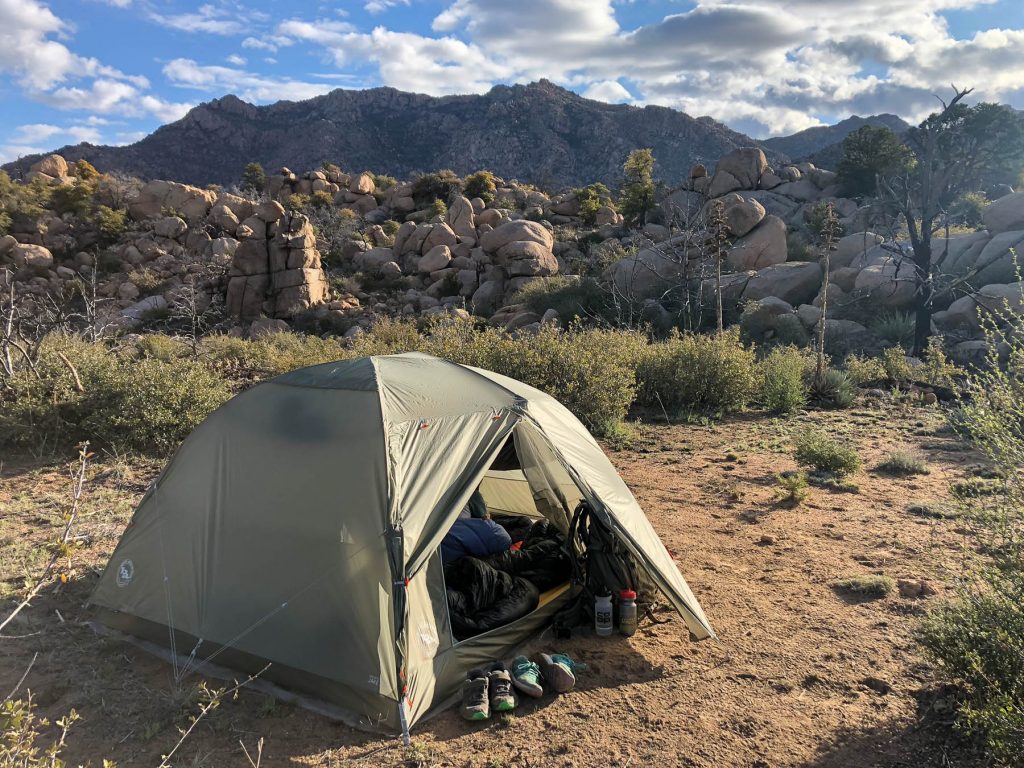
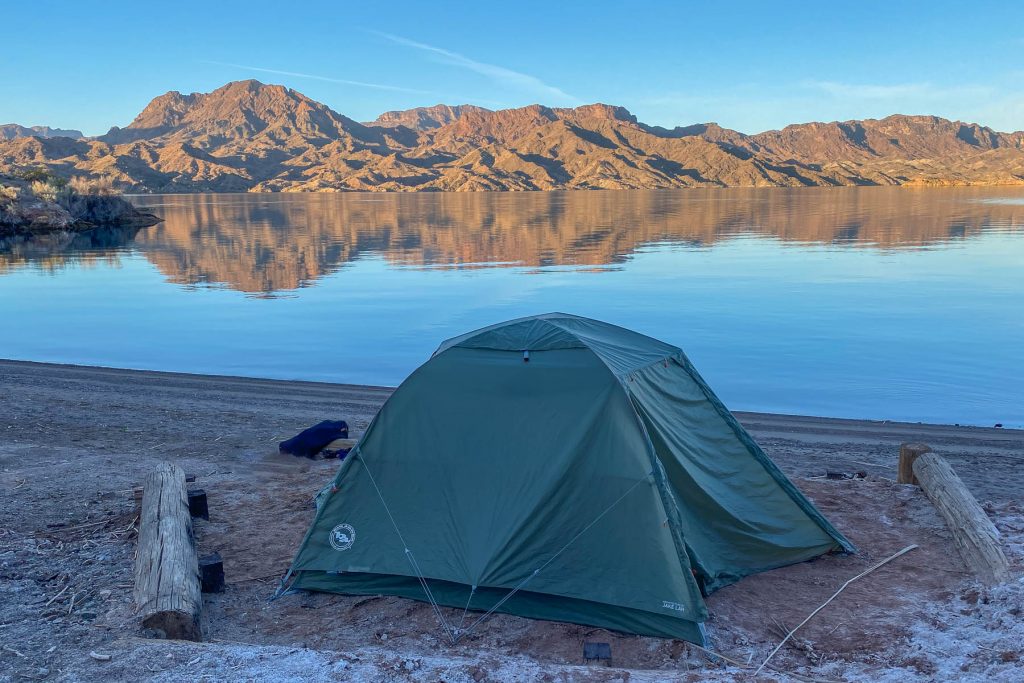
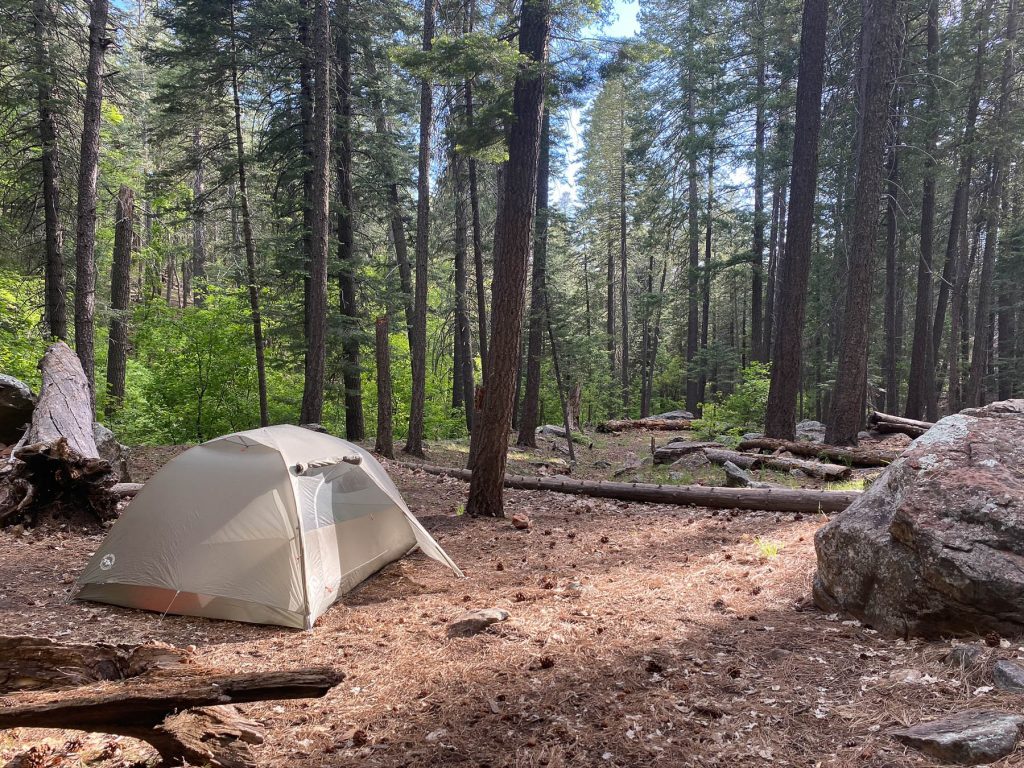

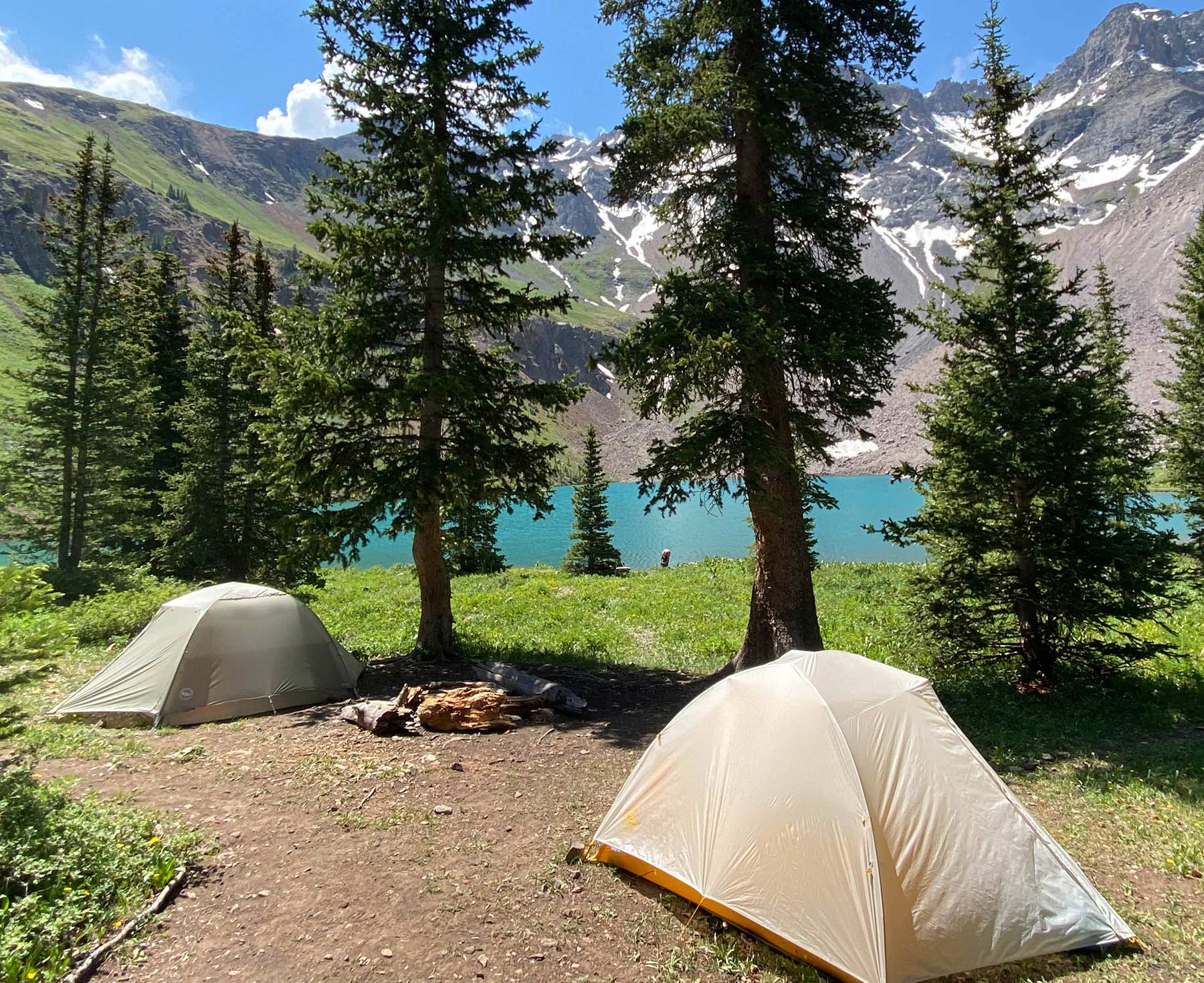
Leave a Reply